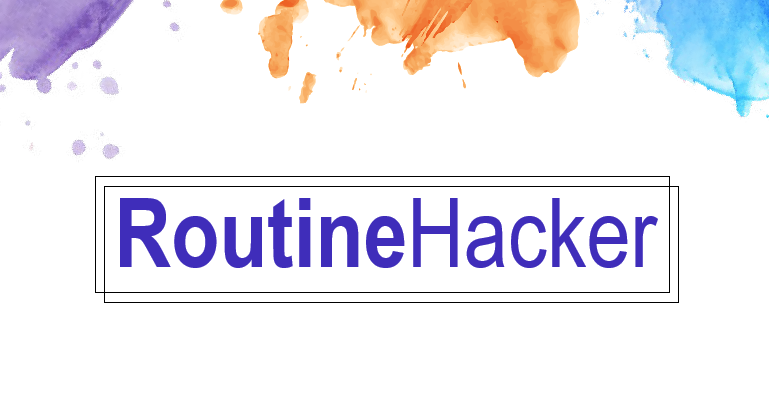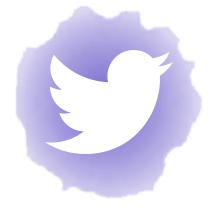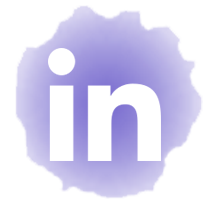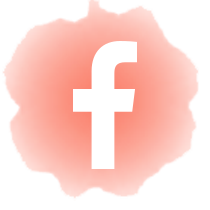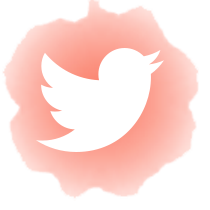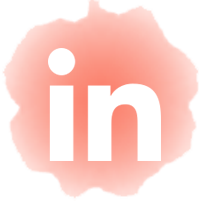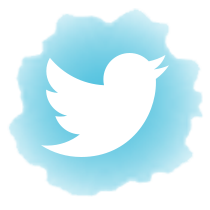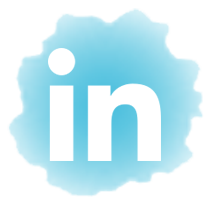“The real voyage of discovery consists not in seeking new landscapes, but in having new eyes.”
– Marcel Proust

Wellness Tip:
Dab On Some Essential Oils
Skeptical of aromatherapy? We don’t blame you: plenty of iffy claims get made about it.
But you know what – it’s not all hocus-pocus. Some essential oils have research-backed benefits, including antibacterial, antifungal, and anti-inflammatory properties.
- One John Hopkins study found that essential oils were more effective than antibiotics at killing Lyme bacteria
- Tea tree oil is effective at treating acne
- Peppermint oil can help with tension headaches
- And lavender is often used for calming anxiety and treating insomnia.
Essential oils can have negative side effects, so always do your research. You can also check out these tips on how to look for quality oils.
What do you think – are you willing to give aromatherapy a shot?
Productivity Tip:
Try The Kanban Method
Ever heard of Kanban? It’s a way of tracking tasks based on their stage of completion.
Picture a board with three columns on it: To Do, In Progress, and Done. Tasks are written on cards, which are then moved from one column to the next as you work on them.
What you’re imagining is a basic Kanban board. And yes, they can be digital as well as paper-based. (Ever used Trello? It’s a great example of Kanban.)
A key rule of Kanban is to limit the amount of work you have in progress. Because, burnout! One of its benefits is being able to see at a glance how many tasks you have in each stage.
Panda Planner isn’t built around Kanban, but the two can work well side-by-side. You can use Kanban boards to track your overall tasks, and Panda Planner to select which ones to prioritize and schedule into each day.
Have you tried Kanban? Read more here and let us know what you think.
Routine Breakdown
Aubrey Marcus, Entrepreneur, Author & Podcast Host
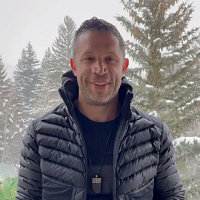
The CEO of Onnit, host of the Aubrey Marcus Podcast, and author of Own The Day, Own Your Life says he does his best work at night. “I’ve created a structure that goes with my natural rhythm rather than trying to fight it,” he says. He:
- Goes to sleep at around 1.30am and wakes up at 8.30am.
- Does his journaling the night before. “I write my life mission on the top of a page, and my three daily objectives below it. By reiterating the big picture of where I am heading, along with the objectives for the following day, when I wake up I know exactly what I am doing and why I am doing it.”
- Swims. He says cold water, movement and sunlight is “the absolute ideal combination”.
- Meditates in the car on the way to work. “I practice something called the wide peripheral gaze [when safe], where I look at everything possible in my visual field, and relax my mind completely. This overloads the bits of information the brain can process and the mind clears of its thoughts. I combine this with six deep breaths which is enough to actually lower blood pressure.”
Why it works:
- Writing down your objectives helps you achieve them. That’s why we’ve made goal setting integral to Panda Planner!
- Swimming has multiple benefits. As Marcus explains: “The cold water boosts norepinephrine and drops my cortisol levels, and the sunlight and the movement sets my circadian rhythm.”
- By meditating en route to work, Marcus ensures he has time to reap the benefits of meditation.
Peripheral vision meditation actually comes from the ancient Hawaiian Hakalau – in neurolinguistic programming it’s known as the The Learning State. It’s believed to reduce anxiety and boost focus.
We can’t verify that doing it in traffic is safe (research is scant), but it’s certainly something you can try at home. Check out the instructions here and see if it works for you.
